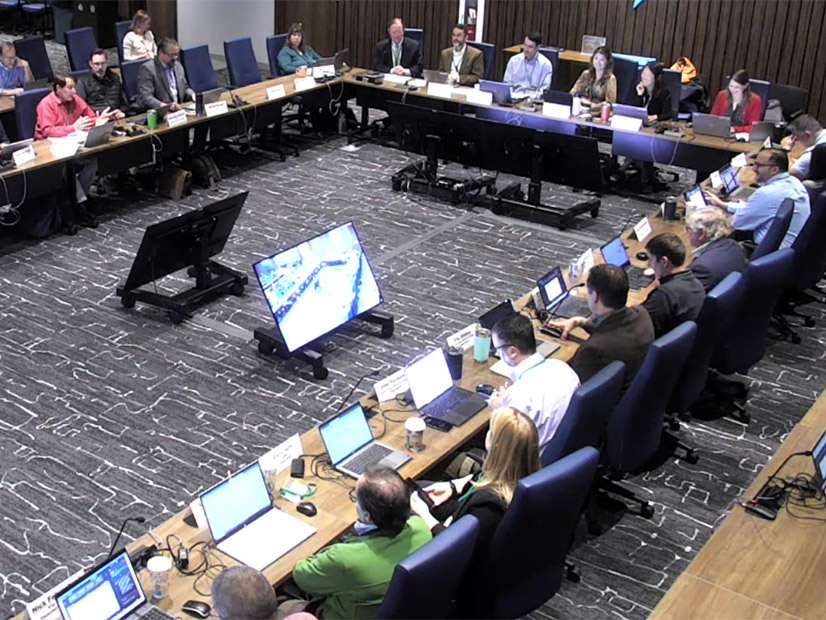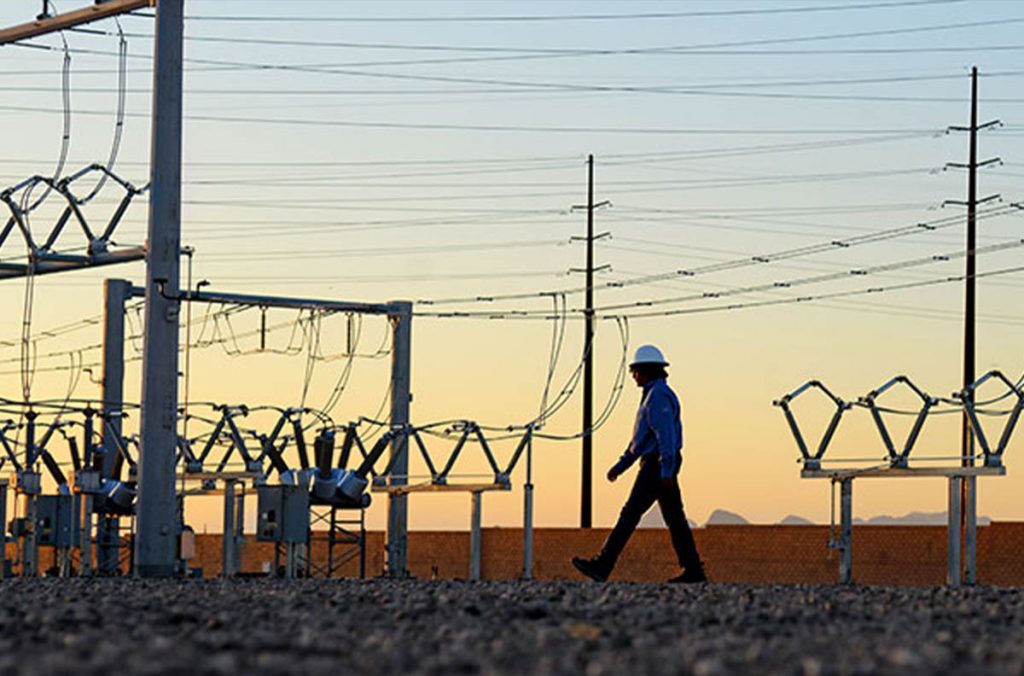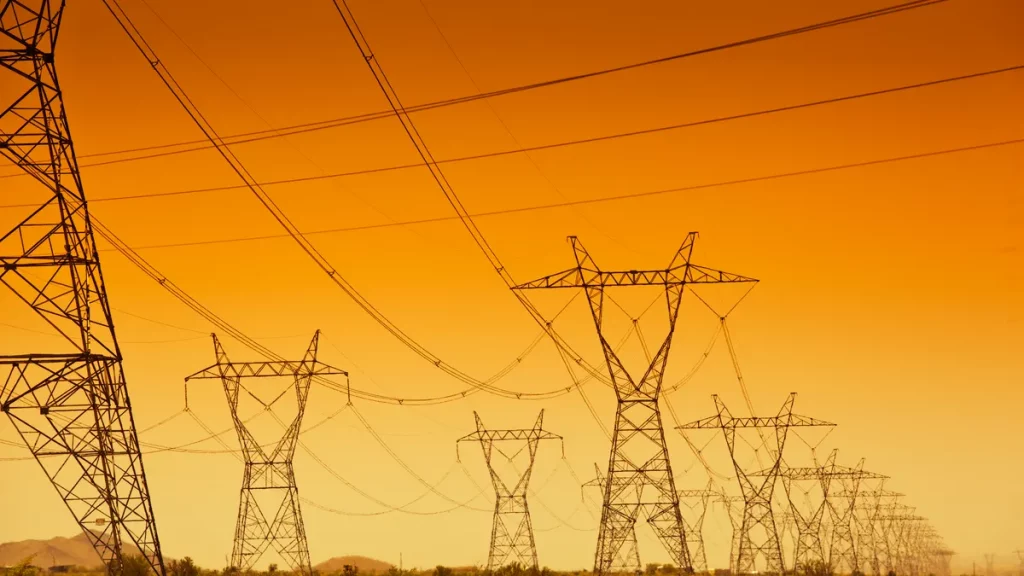In a major regulatory shift, Texas has passed Senate Bill 6 (S.B. 6), giving its grid operator (ERCOT) the authority to disconnect large data centers and industrial loads during emergency events. The move is designed to protect system wide reliability as data center growth accelerates across the state.

A New Reliability Playbook for a New Era
ERCOT projects 138 GW of large load demand by 2030, up from 87 GW today, a surge largely driven by AI data centers, crypto mining operations, and high density compute clusters.
S.B. 6 introduces two demand management tracks:
- Mandatory Program: Any load ≥75 MW connecting after January 2025 must install shutoff equipment and can be disconnected during firm load shed events.
- Voluntary Program: A competitively procured service with 24-hour curtailment notices for loads willing to flex capacity on demand.

The law also requires a $100,000 minimum interconnection fee and transparency around duplicative interconnection requests, aiming to clean up Texas’s congested project queue by filtering out speculative “phantom loads.”
“This is about making sure big users aren’t drinking the milkshake of every other Texas customer,” said Travis Kavulla, VP of Regulatory Affairs at NRG
Why This Matters to Investors
Grid access is no longer guaranteed: The assumption that AI and compute infrastructure can scale freely is being challenged by physical and policy constraints.
Reliability now requires participation: Data centers will need to offer demand flexibility or backup power, not just scale.
Policy tailwinds are bifurcating: Investors must track not just where megawatts are growing, but where they’re allowed to operate under stress.
“Texas is testing the appetite of big players to contribute to grid stability. And they’re putting real price signals behind it,” said Kavulla.

Wider Implications
Other markets like PJM could follow Texas’s lead by conditioning interconnection on demand response participation.
ERCOT is developing a new non firm load classification to model infrastructure more accurately and unlock underutilized transmission headroom.
This may prompt hyperscale developers to invest in on site backup (including batteries and microgrids) as grid access becomes more conditional.

Smartland Energy’s View
Smartland Energy is closely monitoring ERCOT’s evolving interconnection and flexibility rules, particularly in regions where we are evaluating behind-the-meter infrastructure plays. The S.B. 6 framework is not just reactive crisis management, it’s a blueprint for load participation in future grid design.


